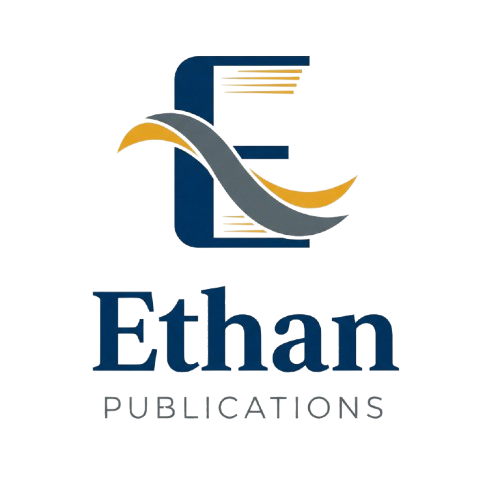THE ROLE OF MEDIA EXCURSIONS IN ENHANCING VISIBILITY FOR NILE BASIN ORGANIZATIONS
Authors: Grace Wanjiku Mwangi
DOI: 10.5281/zenodo.17435213
Published: April 2024
Abstract
<p><em>Water, alongside oxygen and a healthy environment, is among the most essential elements for human survival, with the human body unable to survive longer than a week without it. Water is critical for numerous human activities, from agriculture to industry and energy production. Despite its importance, media coverage rarely highlights the dwindling availability of water and environmental resources and the potential consequences for the future. This underreporting is evident in media coverage of the Nile River. Factors contributing to this include the limited public and media awareness of fundamental water and environmental issues, which often take a backseat to topics such as politics, trade disputes, sports, business, and food security, as well as poor interactions between Nile Basin specialists and media professionals. To address this, the Nile Basin Initiative (NBI), in collaboration with the Nile Basin Discourse (NBD), established the Nile Media Network (NMN) in 2005 across riparian countries. A study by researchers from Masinde Muliro University of Science and Technology (MMUST) investigated journalists’ awareness of Nile River projects in Kenya and Africa, revealing an awareness level of only 39%, indicating limited familiarity. The study further identifies media excursions and interpersonal sources as the main channels of information on Nile River projects. To enhance media visibility of the Nile Basin, the study recommends that stakeholders organize regular strategic media visits to project sites to provide journalists with opportunities for comprehensive coverage.</em></p>
Full Text
No full text available
Cite this Article
References
- No references available.
